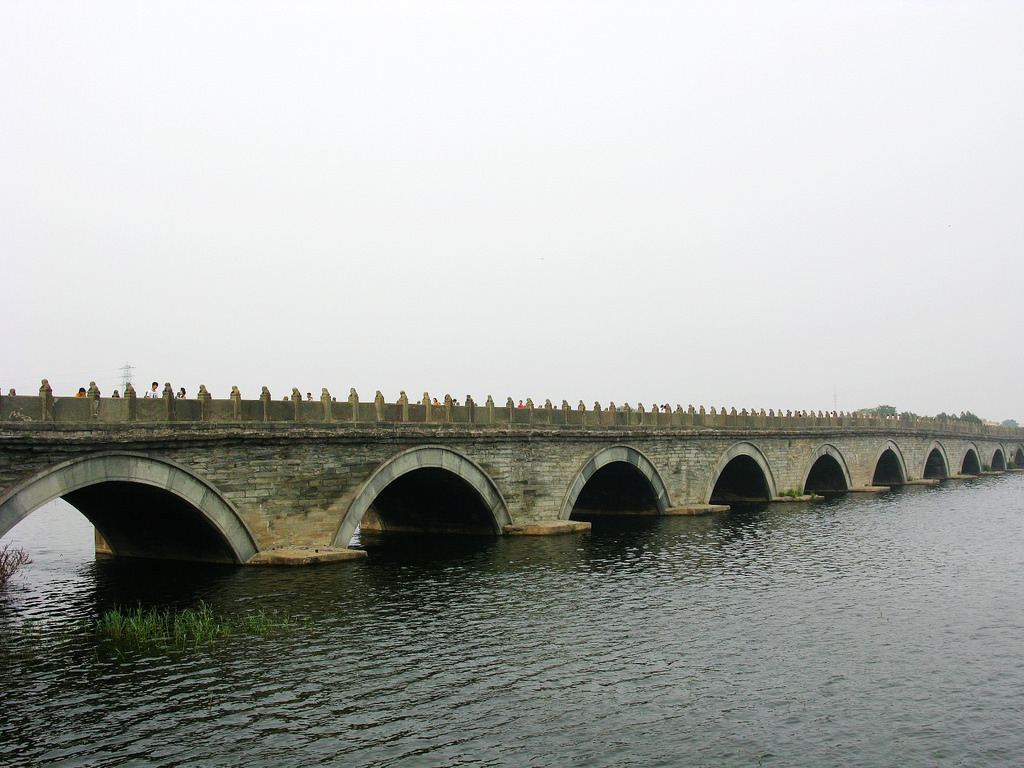The war between China and Japan had fallen into a lull when, on the night of July 7, 1937, a skirmish between troops of the two nations at the Marco Polo Bridge near Peking led to full-scale war once again.
Later it would be claimed by both parties that the other had instigated the renewed conflict, though only the Japanese had reason to do so. A united anti-Japanese front had taken shape in China. An incident between Japanese and Russian forces on the Amur River the month before had made it clear that the Soviet Far Eastern army need not be feared, and a wave of nationalism in both China and Japan escalated mutual hatreds beyond the capacity of politicians to control them.
As first Peking and then Shanghai fell to the Japanese, the Chinese government appealed to the League of Nations. Sanctions would work only if the United States joined in them, but the American secretary of state suggested “parallel” rather than “joint” action with Britain, and President Roosevelt, though clearly opposed to Japanese advances in the Far East, called for a “quarantine” of aggressor states.
But following a Japanese attack on the American gunboat Panay on the Yangtse River, the Americans appeared ready to discuss joint Anglo-American economic action. However, by then Britain wanted a political and military agreement that went further than the United States was prepared to go.
This decision appears to have moved the Conservative British prime minister, Neville Chamberlain (1869-1940) to feel that, since the United States was “appeasing” Japan, he might do the same to Germany and Italy in Europe.

